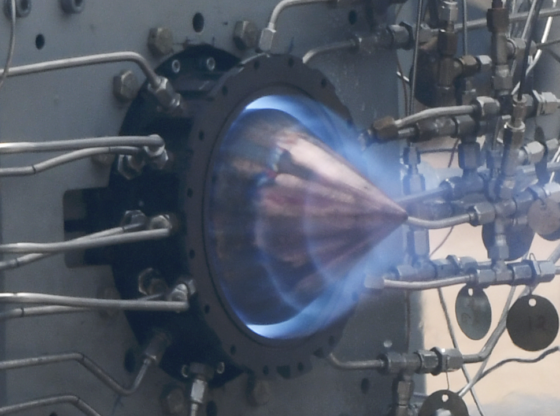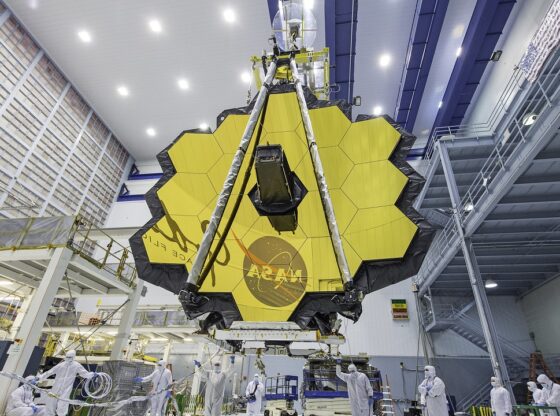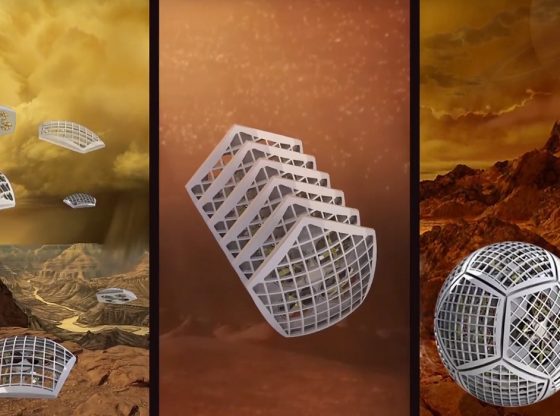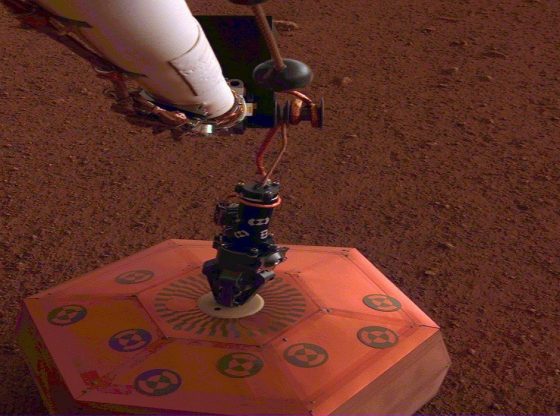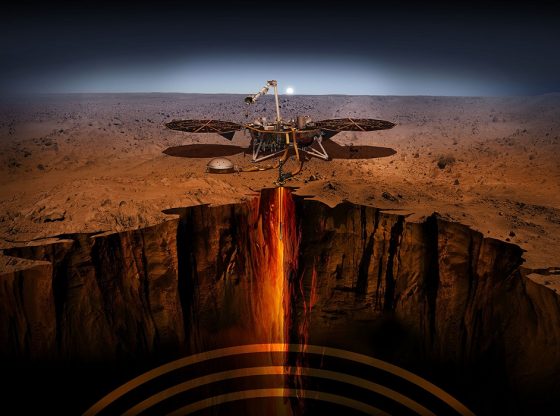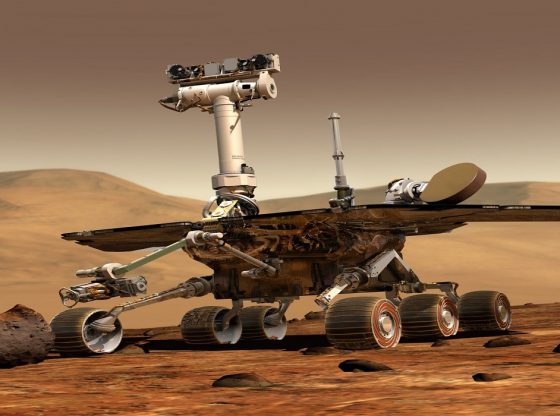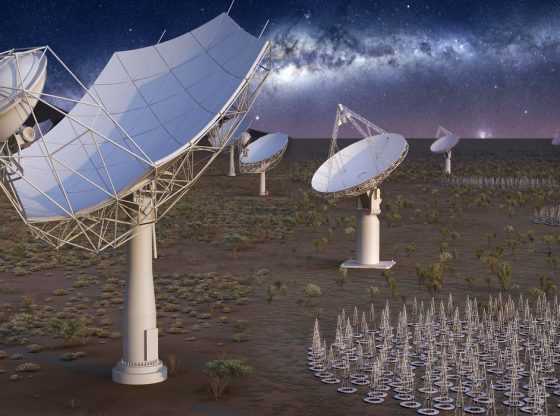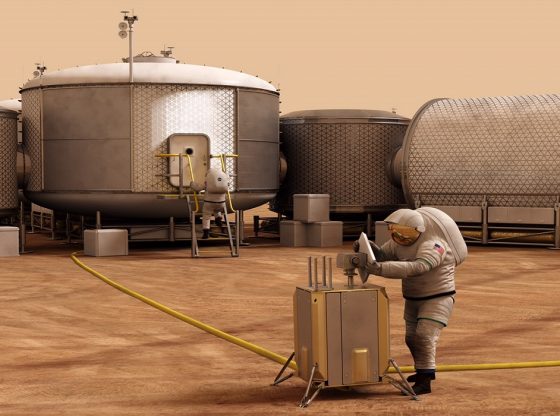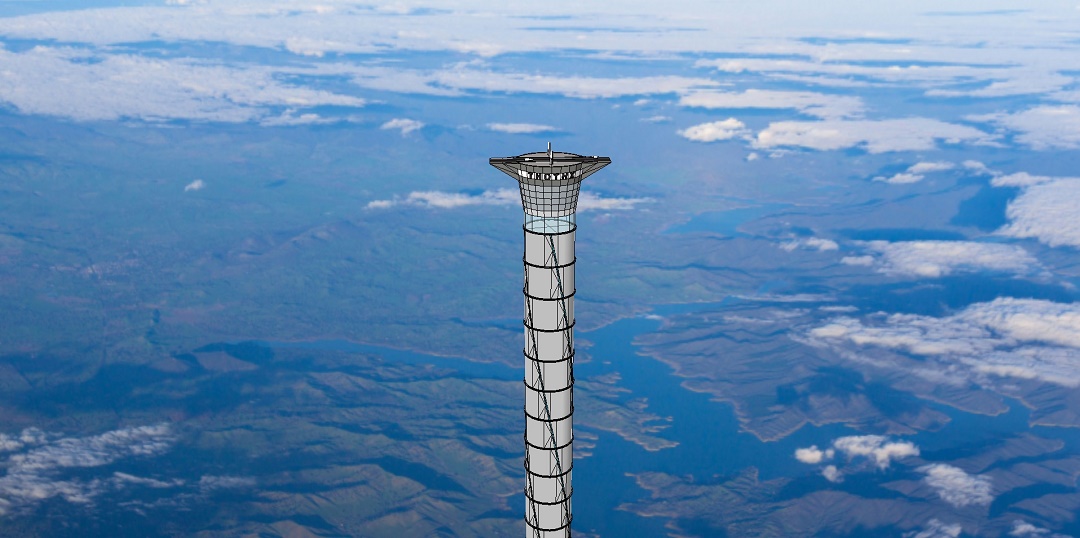
Reaching space has always been difficult and it hasn’t really become easier over the past half a century. As we still rely on rockets to provide us with a massive amount of force to escape the gravity well of Earth.
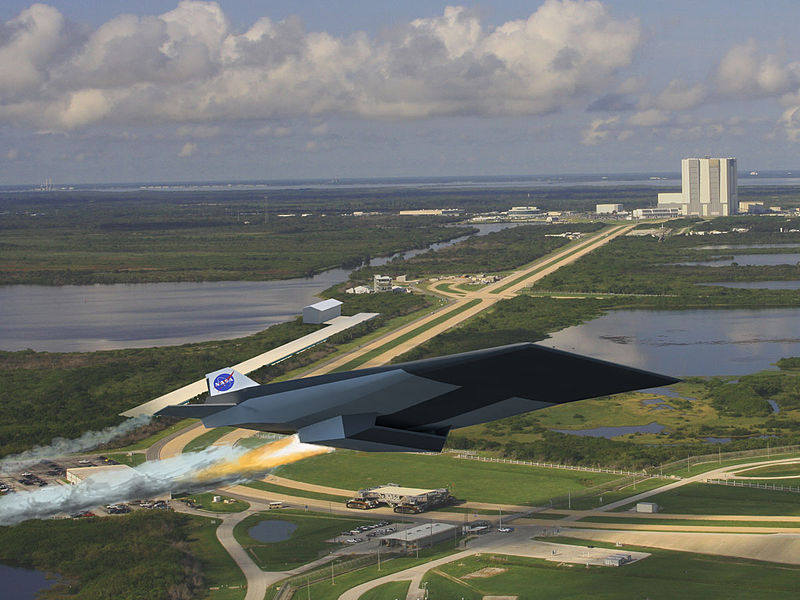
If there is one thing we do know, is that rockets are incredibly inefficient. They need to carry enough fuel to get the payload into orbit – but they also need to carry fuel to carry the fuel – then atmospheric drag means expending even more fuel – you see where this is going.
Many different alternative ideas have longed been suggested to reach space. Such as air launch to orbit, a combination jet-scram-jet-rocket spacecraft (spaceplane), laser propulsion or accelerating a craft using magnets.
One concept that would truly revolutionize our access to space is the so-called space elevator. It has been a concept in both science and science fiction for a very long time. First presented as an idea inspired by the Eiffel Tower, by Russian scientist Konstantin Tsiolkovsky back 1895 already.

Further developed in 1959 when Russian scientist Yuri N Artsutanov suggested a geostationary satellite from which a lightweight structure would be deployed. A cable from a counterweight in space. This, as an answer and a solution to the immense obstacle being simple physics and the tremendous weight of a structure tall enough to reach space.
Further ideas have been presented, such as the “Sky-Hook” paper, published in the journal Science in 1966. Featured in many science fiction novels during the 1970s, such as the Arthur C. Clarke novel “The Fountains of Paradise”.
The development of carbon nanotubes in the 1990s suddenly made the concept feasible, at least in theory. The immense costs however and problems related to the production of more than just a few grams of carbon nanotubes, or in this case, the need for mass production – made the feasible in concept very unfeasible in reality.
The concept of a space elevator has been further evaluated in the present time and the 21st century, with proponents having organized several competitions, similar to the Ansari X Prize, for the testing of relevant technologies. Such as Elevator:2010, Robogames Space Elevator Ribbon Climbing competition, NASA’s Centennial Challenges program, and the European Space Elevator Challenge. In 2012, the Obayashi Corporation announced that in 38 years it could build a space elevator using carbon nanotube technology.
The concept is kept alive, though, perhaps largely by the sheer fact of carbon nanotubes and the most recent discovery of graphene both imply potential real-world feasibility.
Enter Thoth Technology, this Canadian firm may have made easy-access to space a little closer to reality this July. As they were granted a patent by the U.S. Patent and Trademark Office for its invention of an inflatable space elevator tower.
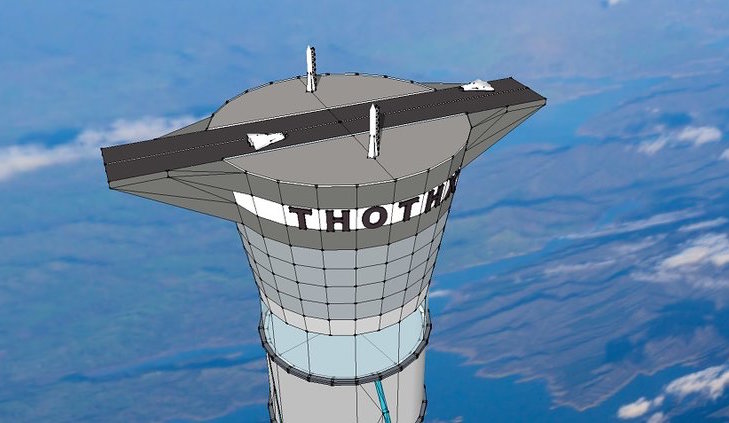
This tower design use pressurized segments that reach up to 20 kilometers (12,4 miles) into the stratosphere where a platform can be constructed. As you see, this tower would not reach space itself. 20 km isn’t much compared to the 100 km (62 mi) needed to reach the so-called Kármán line, representing the boundary between the Earth’s atmosphere and outer space.
But since it is about 20 times higher than any other man-made structure on Earth, it is high enough to shave a third off of launch costs.
So instead of space launches taking place at sea level, they would do so from the top of the tower. Launching from the top of the tower would be more like an aircraft takeoff.
“Astronauts would ascend to 20 km by electrical elevator. From the top of the tower, space planes will launch in a single stage to orbit, returning to the top of the tower for refueling and flight,” Brendan Quine, the inventor, said in a statement.
This elevator design is certainly far less ambitious than many other previous concepts, such as those mentioned above. But Thoth presents a totally novel idea, and perhaps modesty is the key to get the ball rolling for easier access to space.
The company sees space elevators leading to a potential new era of space travel, when also paired with other developments and new technologies, like self-landing rockets (Vertical Takeoff Vertical Landing) and private enterprise beginning to show interest in space.
But as the company admits, constructing the tower would involve some new inventions that the patent does not address. Such as how to construct this immense tower, to maintain a durable reliable elevator cable 20 kilometers long.
The elevator concept will be the focus of a space elevator conference taking place later this month. What is certain, is that the dream of using an elevator to space is being kept alive. And further development will likely happen in space elevator technology. But for now, we’re stuck having to ride rockets into space.
Click here to view an interview with the head of research and development at Thoth Technology.
______________
US 9,085,897 B2
________________________________

